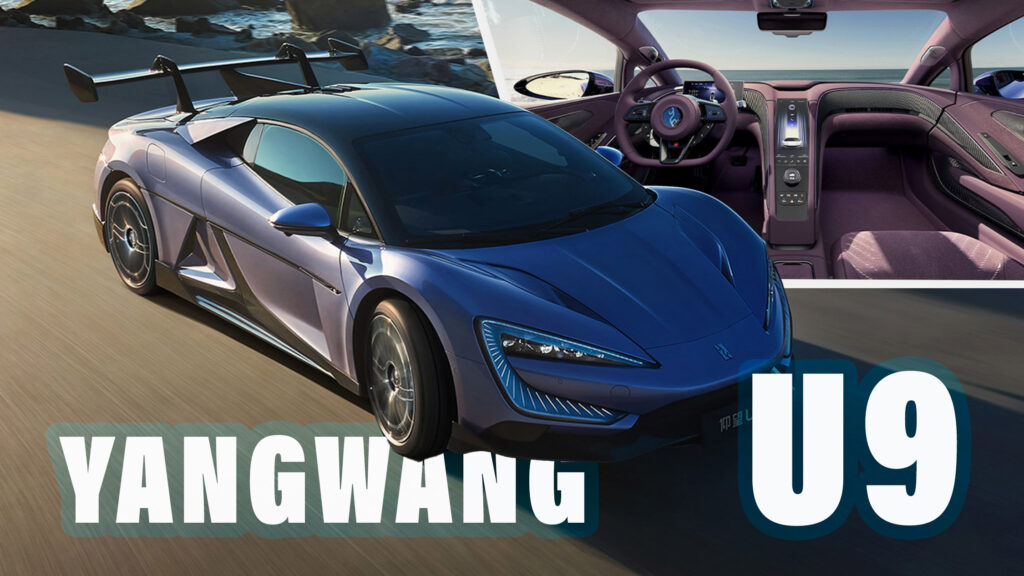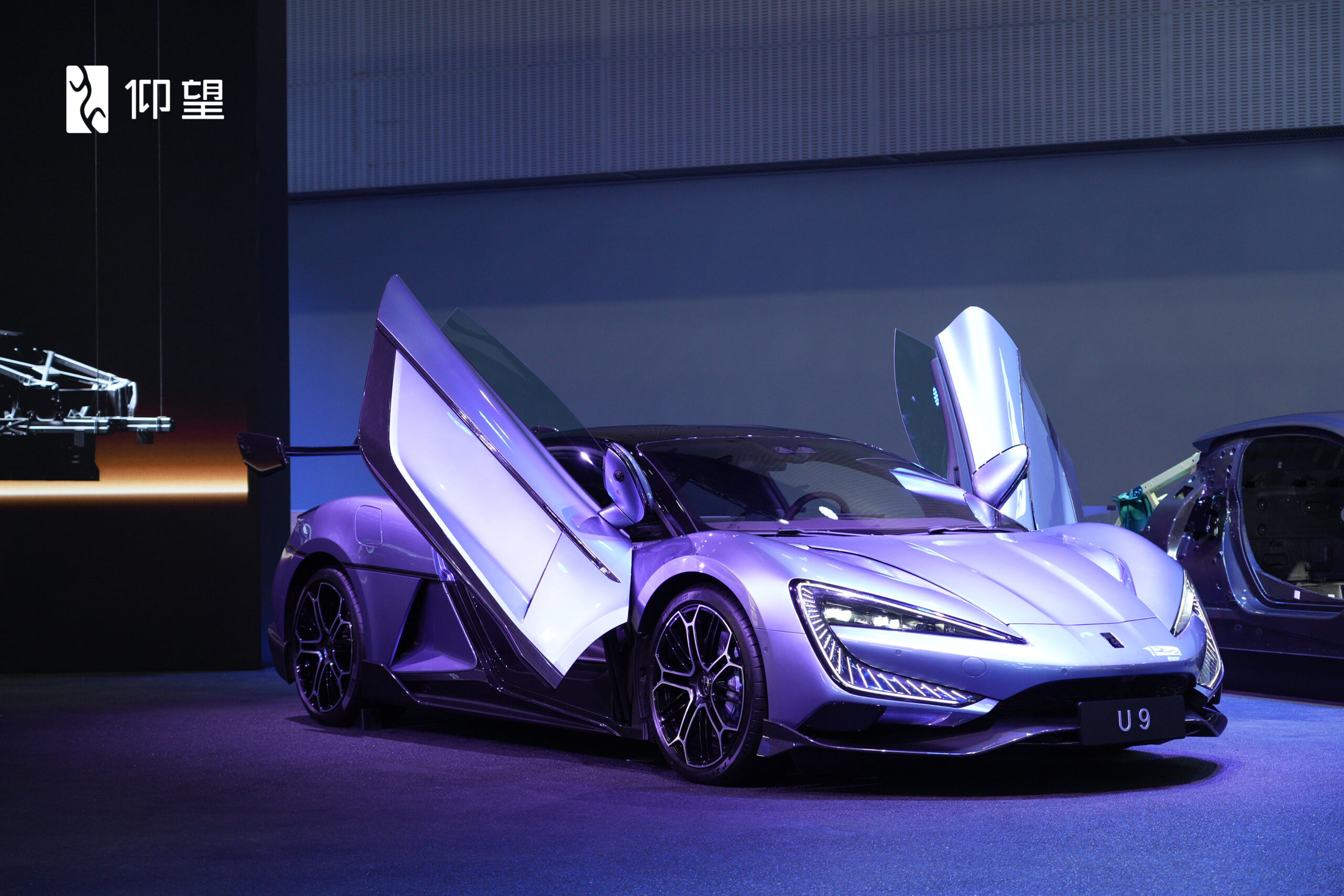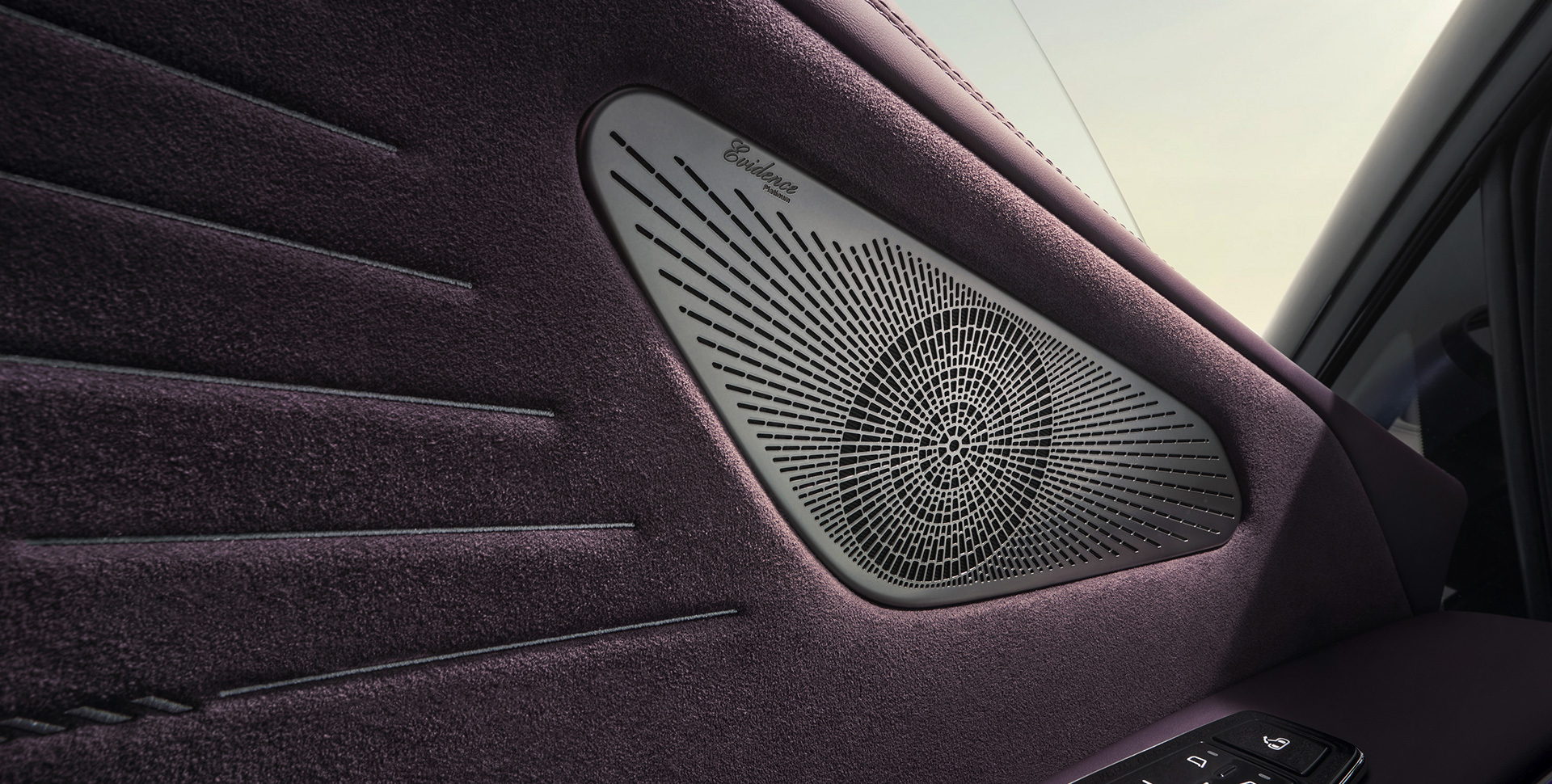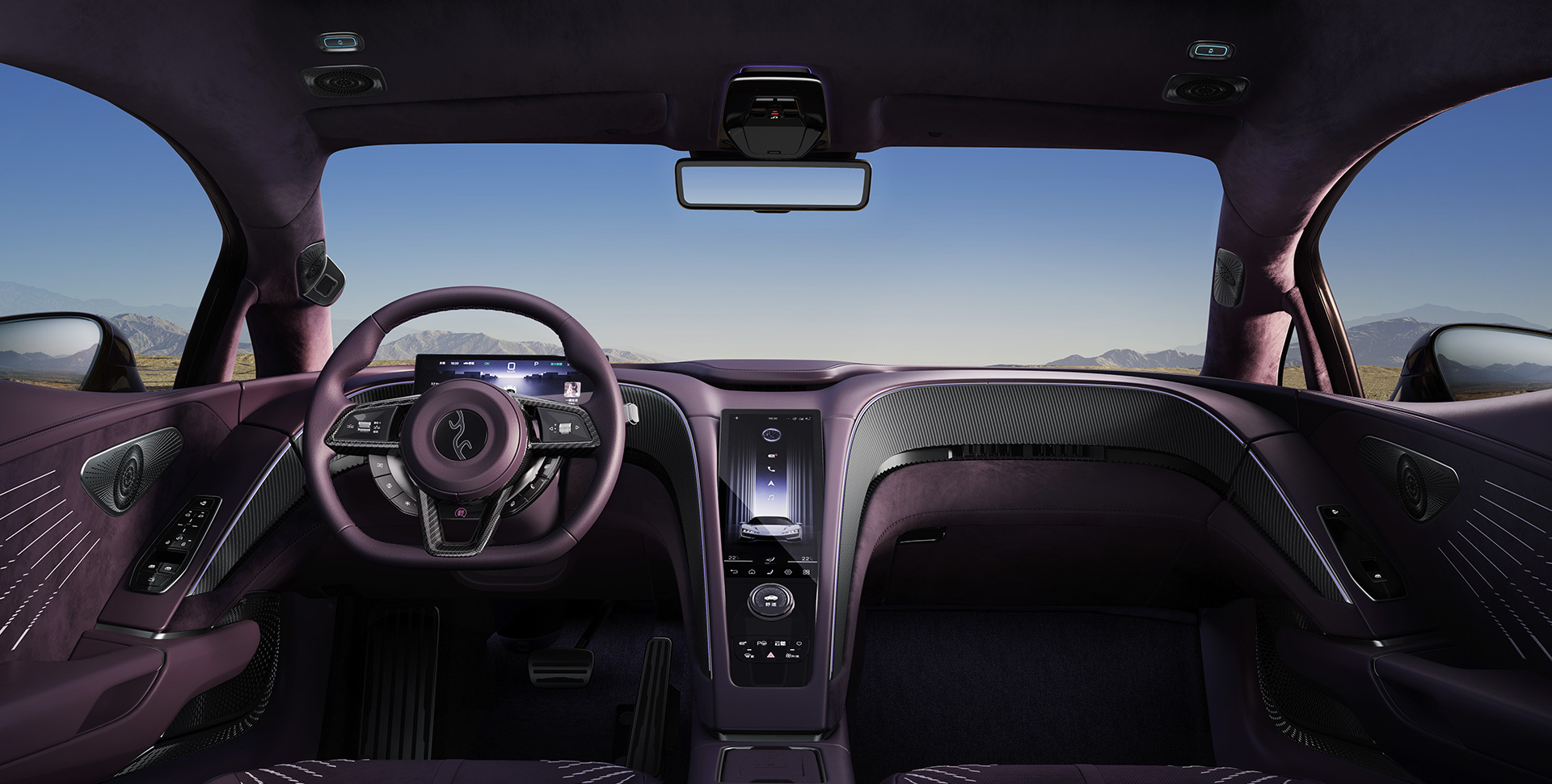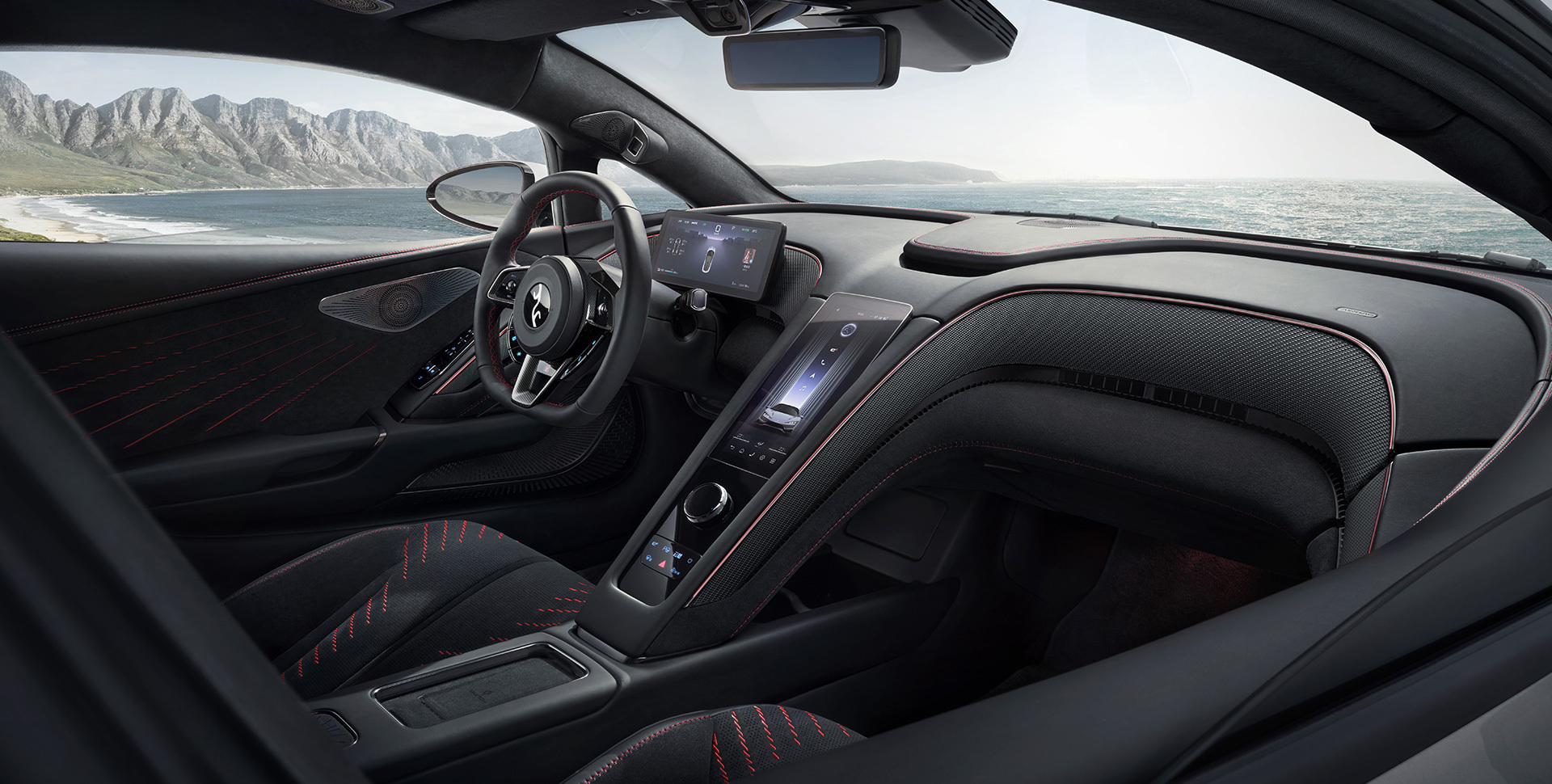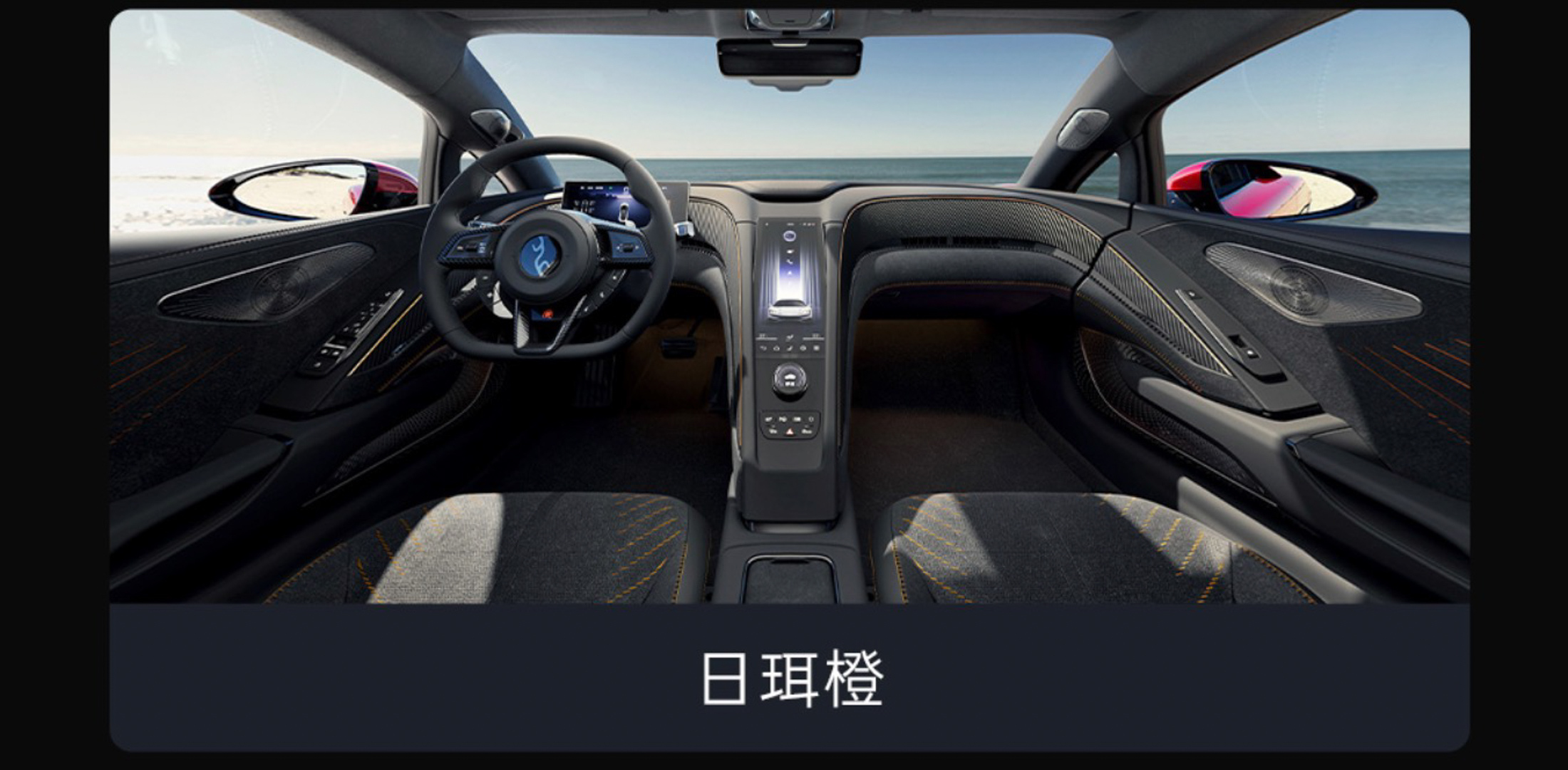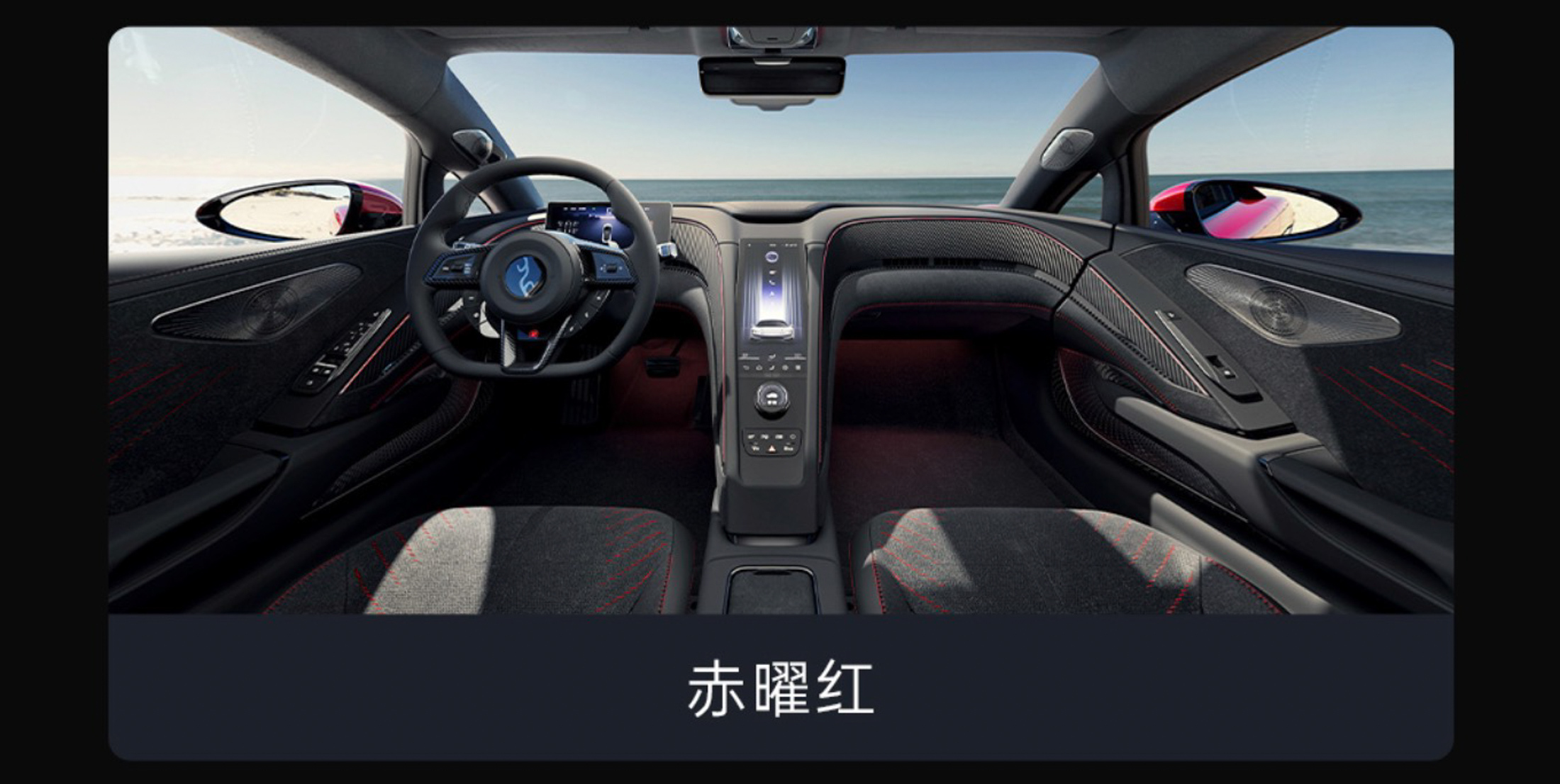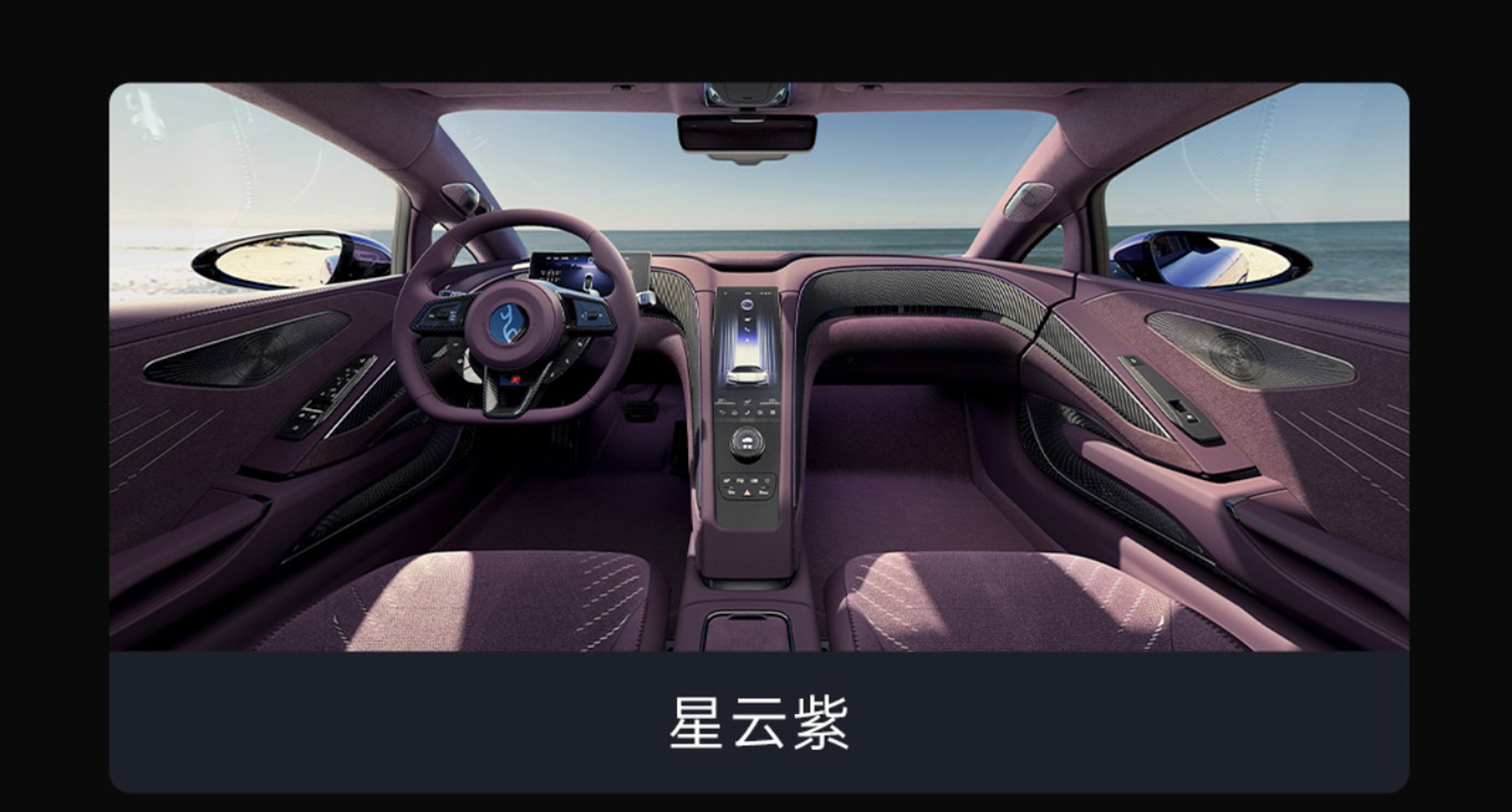When is a car a bargain and a rip-off at the same time? When it’s a Yangwang U9. BYD’s electric supercar has just gone on sale in China for ¥1.68 million, the equivalent of $233,000, which looks like pretty poor value considering sources in the country were suggesting six months ago that it would sticker at $137,000.
But then you flip that argument on its head by comparing the U9 with the most famous electric supercar of the moment, the Rimac Nevera, and it starts to look like great value. The Rimac costs over $2 million, meaning it’s four times the price, and it certainly isn’t four times as powerful or four times as fast.
The Rimac, though, does have the upper hand here. It’s quad motor drivetrain pumps out 1,888 hp (1,914 PS) and scoots the Nevera to 62 mph (100 kmh) in 1.82 seconds, while the U9’s also-quad-motor setup makes 1,287 hp (1,305 PS) and delivers a 2.36-second zero to 62 mph time. But we doubt anyone is going to feel shortchanged by the 192 mph (309 kmh) U9’s kick in the back at this price, and certainly won’t think it worth paying almost $1.8 million to go a few tenths faster.
Related: BYD’s New Electric Supercar Can Bounce Around And Drive On Three Wheels
BYD also says the AWD U9’s substantial 1,239 lb-ft (1,680 kW) torque output pushes it down the quarter mile (400 m) in 9.78 seconds, which is much slower than the Rimac (8.25 seconds), but, like the zero to 62 time, better than the kind of numbers you’d expect from a combustion supercar in this price range.
McLaren’s 671 hp (680 PS) Artura hybrid costs the same $237,000 (in the U.S; it’s more expensive than the U9 in China), needs 3 seconds to reach 62 mph and 10.7 seconds for the standing quarter. A more obvious rival in the Yangwang’s home market is GAC Aion’s Hyper SSR supercar, which offers 1,224 hp (1,241 PS) for around $179,000.
The U9 rides on BYD’s e4 platform and is equipped with Disus-X suspension that controls both the spring rates and damping, which promises flat cornering, but also some party tricks, like the ability to drive on three wheels or bounce up and down. Another trick is the tank turn, a skill the U9 has inherited from its U8 SUV brother. The complexity of the suspension system also probably contributes to the chunky 2,475 kg (5,456 lbs) curb weight, which is 175 kg (386 lbs) more than a Rimac Nevera weighs.
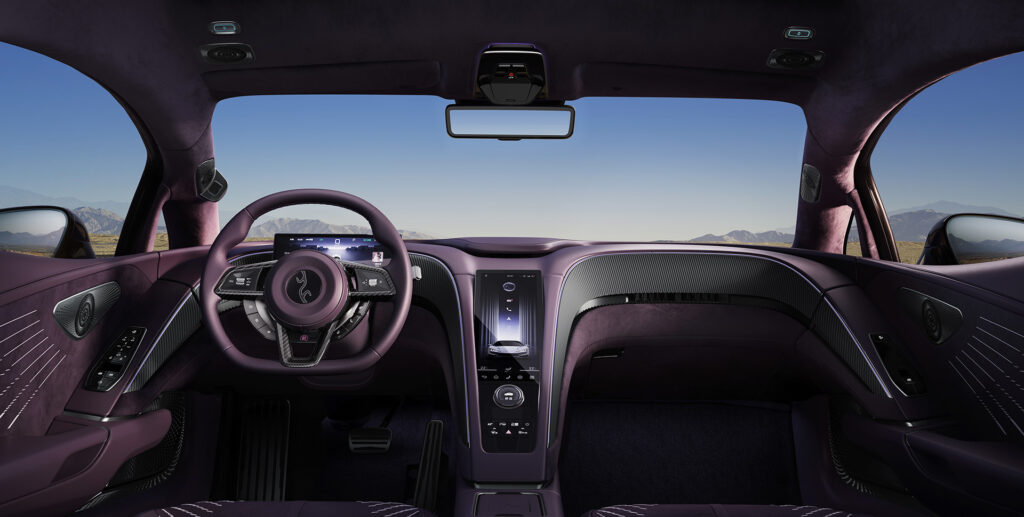
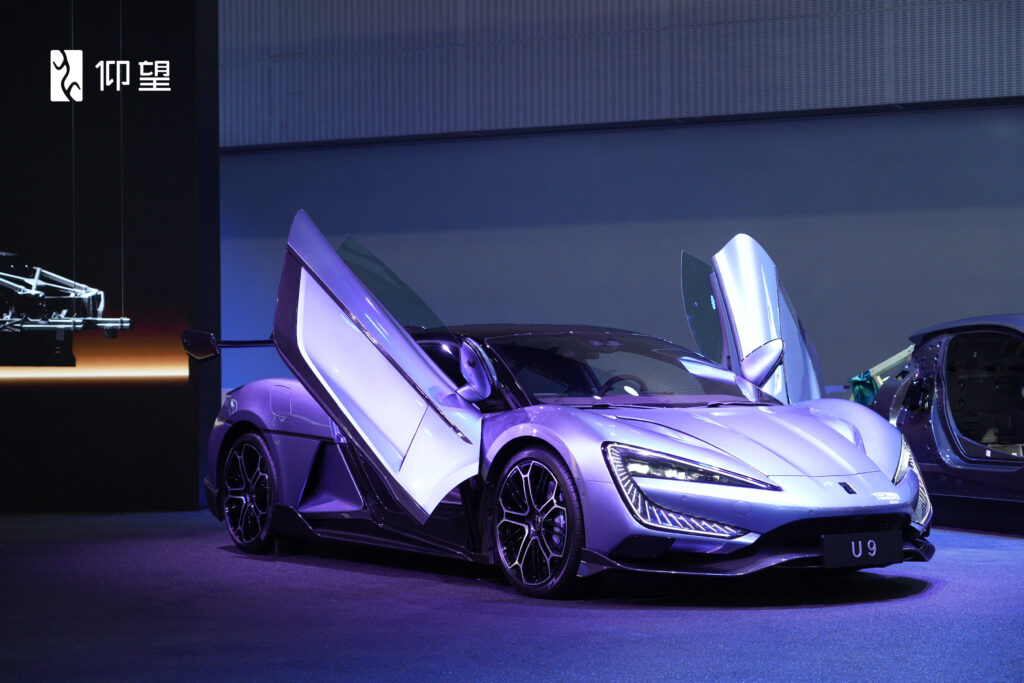
An 80 kWh LFP battery gives a range of 289 miles (465 km) on the overly optimistic CLTC Chinese test, but at least refills will be rapid. The maximum charging power is 500 kW, Car News China reports, though obviously that’s dependent on finding somewhere capable of delivering juice at that speed. A 30-80 percent top-up is claimed to take 10 minutes, and there are dual charging ports so you can plug-in to two chargers at once, a bit like you’re filling the twin tanks on a 1960s Cooper S.
If the huge rear spoiler suggests the interior will be a riot of carbon and cage, the reality is quite different, and rather dull. It The general dashboard and console shapes say 10-year-old McLaren and the third touchscreen located on the passenger side on some cars looks like an aftermarket add-on. But let’s not forget this is BYD’s first try at a supercar – with that in mind, it’s not a bad effort, though the proof will be in the driving. If you haven’t already, check out the YouTube video halfway down this post where Wheelsboy does a static deep dive on the U9, then drop a comment below to tell us if you think Ferrari, Lamborghini and Rimac need to start worrying.




